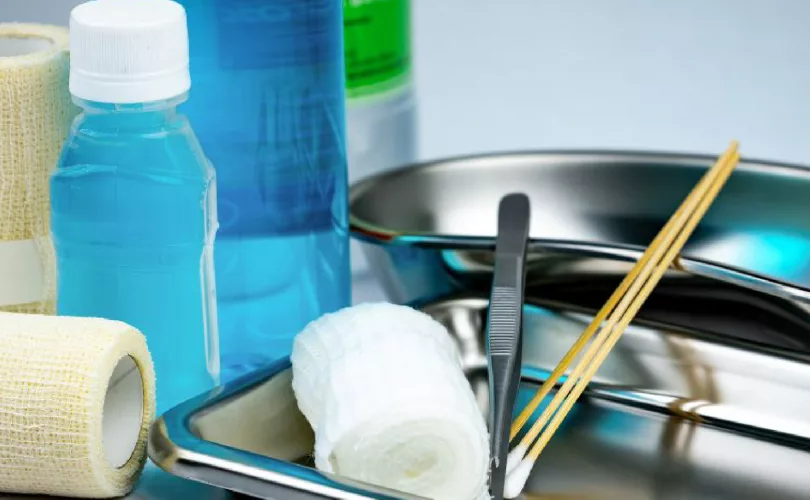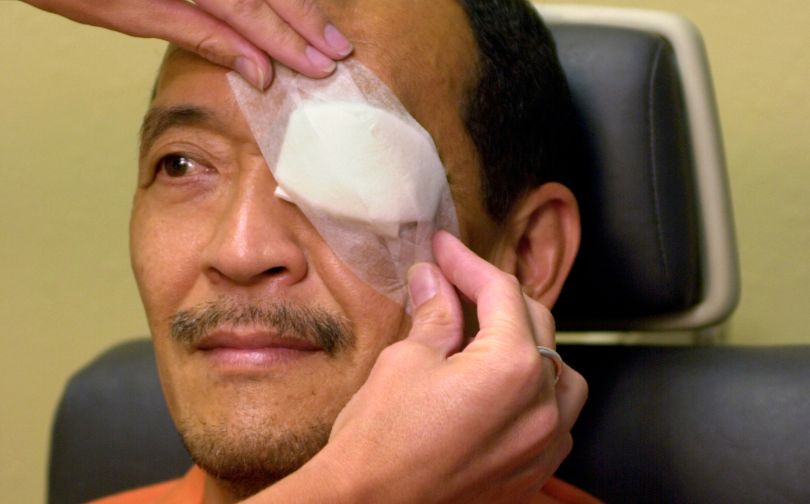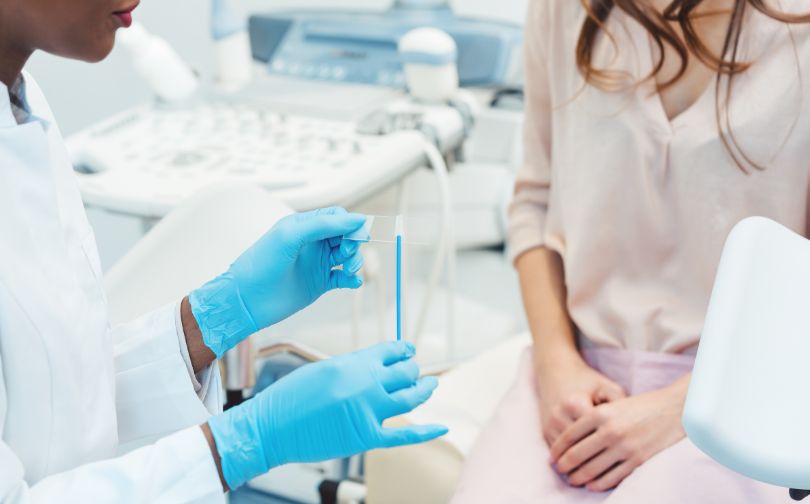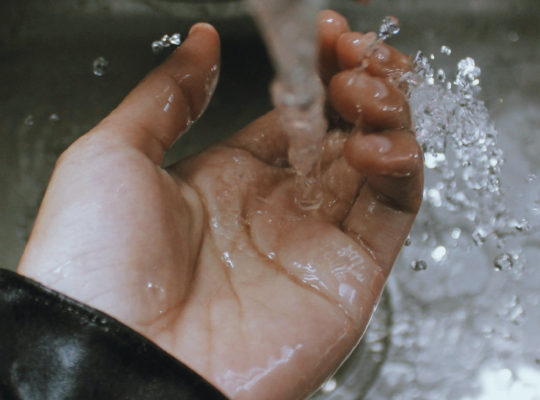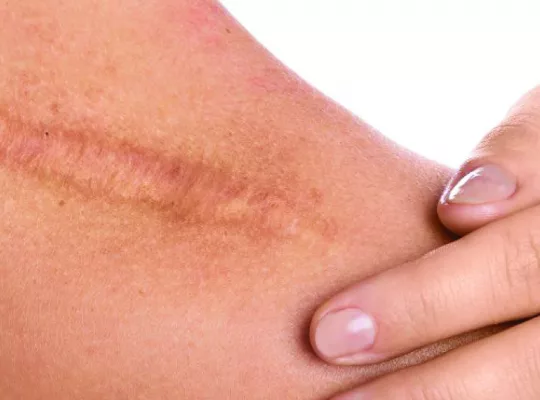Caring for eye injuries requires precision and proper tools to ensure safety and promote healing. A sterile eye dressing is not just a piece of medical equipment—it’s a crucial shield against infections and further complications. However, many people feel uncertain about how to correctly use one, leading to unnecessary risks.
Eye injuries are more common than you might think, with millions of cases treated annually worldwide. Yet, improper handling of dressings can worsen the situation instead of improving it. Questions often arise about how to maintain sterility, apply the dressing securely, and avoid discomfort.
In this guide, we’ll break down the steps to using sterile eye dressings with confidence and care. Whether you’re handling an emergency or managing a minor injury, you’ll gain clear and practical insights to protect and support the healing process.
What Is A Sterile Eye Dressing?
Trying to mend an eye with our own hands will only end up causing more pain. This is because the central corneal nerve has a density of around 70,000 nociceptors, making it between 300 and 600 times more sensitive to pain than human skin.
Therefore, in order to heal an eye, you’re going to need a soft and extremely loose tool that isn’t going to put too much pressure on the eye itself, but will still help to ease the pain while also preventing any infections.
This is exactly what a sterile eye dressing does, being a soft and absorbent pad cushion that stops any foreign bodies from entering the wound.
These cushions are pressed against the eye socket by a long elastic band that wraps around the person’s head, however, these safety warden are always designed to feel loose and stretchy so that they don’t apply too much pressure onto the injured eye.
What Types Of Injuries Require Sterile Eye Dressing?
Most eye injuries should be treated as serious or major since there is a chance that they can affect a person’s vision.
Because of this, sterile eye dressing in most cases will be used as a temporary medical remedy to help ease the pain and keep the cut or bruise clean until the person receives proper medical attention.
These are some of the biggest signs that signify that a person may require a sterile eye dressing to be applied:
- A visible wound or a bloodshot appearance
- There is a stinging or burning pain in the eye or eyelids
- The person is experiencing a partial loss of vision
- A discharge of clear fluid or blood comes from the wound
Keep in mind that while most eye injuries should be treated as very serious and harmful, you can still use sterile eye dressing to simply ease a lingering pain that can come from chemicals, such as shampoo, coming into contact with your eye.
This unpleasant stinging feeling will usually only last for a few hours, but if you want to speed up the healing process, the eye dressing padding will help to absorb the liquid much quicker.
How To Apply Sterile Eye Dressing
Applying a sterile eye dressing can be done very easily when you know the correct method, however, it’s incredibly important to learn how to use it since not taking enough time or care can only end up causing the patient more discomfort.
1) Attach The Eye Pad To The Adhesive Tape
While not all eye pads will come with a smaller piece of adhesive tape, there are some that will have one inside the box which you can use to make holding the pad in place a lot easier.
If you do have adhesive tape, simply slide the pad as near to the center of the tape as you can, press it against the sticky side, and it will be firmly attached and ready to use.
2) Ask The Patient To Close Both Eyes
Before you attach the pad to the patient, make sure that they have both eyes closed first since any movement of the ‘good’ eye will still cause the damaged eye to move too, resulting in more discomfort and pain.
3) Gently Apply The Eye Pad
Hold the pad diagonally over the affected eyelid and apply a tiny amount of pressure so that it can stick using the adhesive tape.
You ideally want one edge of the pad to be pressed against the patient’s forehead, and the other on their cheek.
This is the most important part of applying sterile eye dressing since it is very easy for things to go wrong if you rush into it without thinking, so always remember to remain calm and try not to use too much pressure when pressing against the patient to avoid causing any further damage.
4) Secure The Pad With Bandages
Proceed by bringing out the elastic bandages and stretching them over and around the pad to keep it firmly in place.
It’s important that you also apply the bandages diagonally, just the same as you did with the pad, so that one side reaches over the ear, and the other side goes under.
This allows the bandages to be firmly attached without obstructing the patient’s vision in their good eye.
5) Seek Medical Attention
As mentioned previously, a sterile eye dressing is a temporary solution, so once it has been applied, you will either need to call 911 or take the patient to the nearest hospital or medical center so that a doctor can inspect the wound.
In most cases, the doctor will not remove the eye dressing entirely, and will simply lift it up to analyze the injury for themselves.
In fact, a lot of doctors will apply a sterile eye dressing as soon as a patient with an eye injury walks through their door if one has not been applied already, so it’s always best for the patient’s friend or loved one to know how to use it first, in order to relieve a lot of the pain before they get medical assistance.
Can Sterile Eye Dressings Expire?
Since they are virtually the same as traditional sterilized bandages, it means that sterile eye dressings can expire, since they will deteriorate over time and lose their sterility, making them completely ineffective.
You will be able to find the exact expiration date by looking on the side of the product box, but do keep in mind that they will dry out a lot faster if the packet has already been opened and exposed to the air, so keeping them contained can help them last up to the displayed date on the box, or even longer.
Summary
Sterile eye dressings should always be a permanent addition to anyone’s first aid kit, especially considering how common eye injuries are and how harmful they can be in the long run if the person is not treated right away.
Always remember that in most cases when the injury is more severe, sterile eye dressing will only act as a temporary solution to the problem, rather than a permanent fix.
FAQs
When Should You Use a Sterile Eye Dressing?
Sterile eye dressings are ideal for minor eye injuries like cuts, abrasions, or foreign object exposure. They shield the eye from infection, debris, and further harm. Use them while awaiting medical attention or during post-surgery recovery to maintain a clean and safe environment for healing.
What Precautions Should You Take Before Applying an Eye Dressing?
Wash your hands thoroughly to maintain hygiene and prevent contamination. Avoid touching the sterile pad’s surface, and gently apply the dressing while ensuring the patient keeps their eye closed. Handle the dressing with care to ensure cleanliness and comfort during the process.
How Does a Sterile Eye Dressing Help With Healing?
Sterile eye dressings protect wounds from bacteria, dirt, and additional trauma. Their absorbent pads manage discharge, minimizing the risk of infection. By creating a controlled environment, these dressings allow natural healing to occur without disturbances, ensuring better outcomes for eye recovery.
Can You Make a Sterile Eye Dressing at Home?
Homemade sterile dressings can be created by placing clean cotton wool between gauze layers and securing with tape. However, ensure all materials are sterilized and handled with utmost care. Whenever possible, opt for commercial sterile dressings to ensure proper hygiene and effectiveness.

